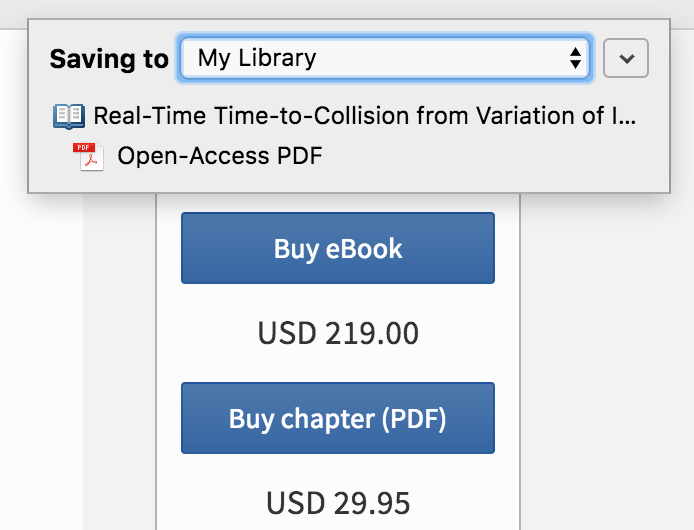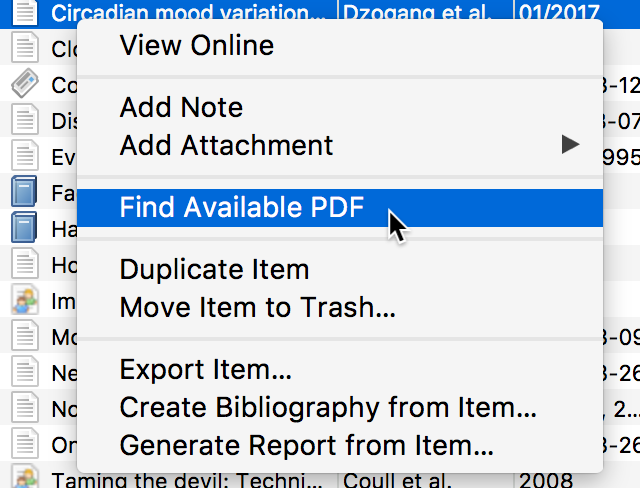Scan Books into Zotero from Your iPhone or iPad
[Update, October 2022: You can now scan books using the Zotero iOS app, so the iOS shortcut described here is no longer necessary.]
Zotero makes it easy to collect research materials with a single click as you browse the web, but what do you do when you want to add a real, physical book to your Zotero library?
If you have an iPhone or iPad running iOS 12, you can now save a book to Zotero just by scanning its barcode:
This feature takes advantage of the new Shortcuts functionality in iOS 12, which can chain together series of actions to perform tasks.
To get started, you’ll first need to install Apple’s Shortcuts app, if you don’t yet have it on your iPhone or iPad.
Next, install the Scan Book to Zotero shortcut by tapping on the link below from your iPhone or iPad and selecting Open in “Shortcuts”:
Update, October 2019: In iOS 13, you need to enable “Allow Untrusted Shortcuts” in Settings to install shortcuts from outside the Shortcuts app Gallery. As of iOS 13.1.2, it may be necessary to first download another shortcut from the Gallery before the option appears in Settings.
After the shortcut opens, tap Done to close it, and then tap on the “Scan Book to Zotero” rectangle. The first time you run it, you’ll need to select “Run Shortcut” and grant the shortcut access to the camera, and you’ll need to log into the Zotero website before you can save. (If you haven’t yet set up syncing with Zotero on your computer, you’ll want to do that as well so that items you save will sync to Zotero on your computer.)
Whenever you want to scan a book into Zotero, you can trigger the shortcut in a number of different ways:
- You can open the Shortcuts app and select Scan Book to Zotero.
- You can swipe right from the lock screen or home screen to open the Today View and select Scan Book to Zotero in the Shortcuts widget. If the Shortcuts widget doesn’t appear or doesn’t appear where you want it, you can add or move it via the Edit button at the bottom.
- If you have an iPhone that supports 3D Touch, you can hard-press on the Shortcuts app icon and select Scan Book to Zotero from the widget popup.
- You can say something like “Hey Siri, add this book to Zotero”. (Maybe don’t use this one in the library.) To set a phrase for Siri, open the Shortcuts app, tap the three dots in the Scan Book to Zotero rectangle, tap the settings icon in the top right, and then tap Add to Siri and assign a phrase. In our testing, we found Siri support to still be a bit buggy in the current version of Shortcuts, so if Siri doesn’t recognize your phrase, try editing the shortcut and re-recording the phrase or wait for an update from Apple.
Happy scanning!
P.S. If you don’t use an iPhone or iPad, or you can’t upgrade to iOS 12, you can still save a book from your phone when you’re away from your computer by entering the ISBN manually. Simply bookmark this page and load it whenever you need to add a physical book.





